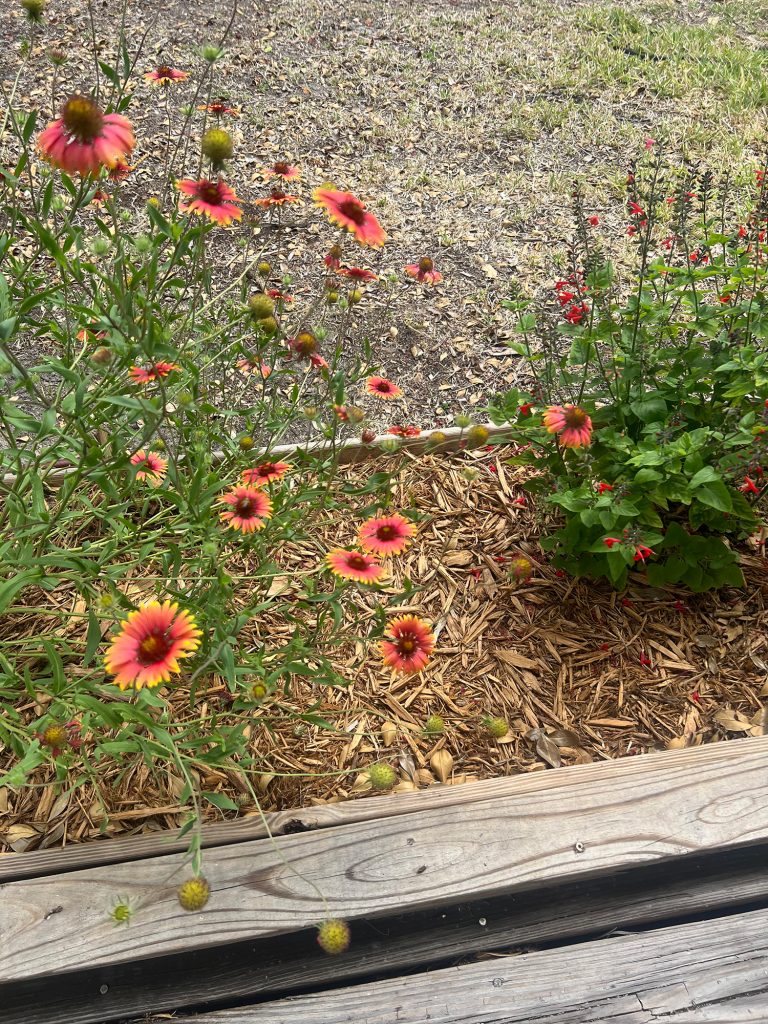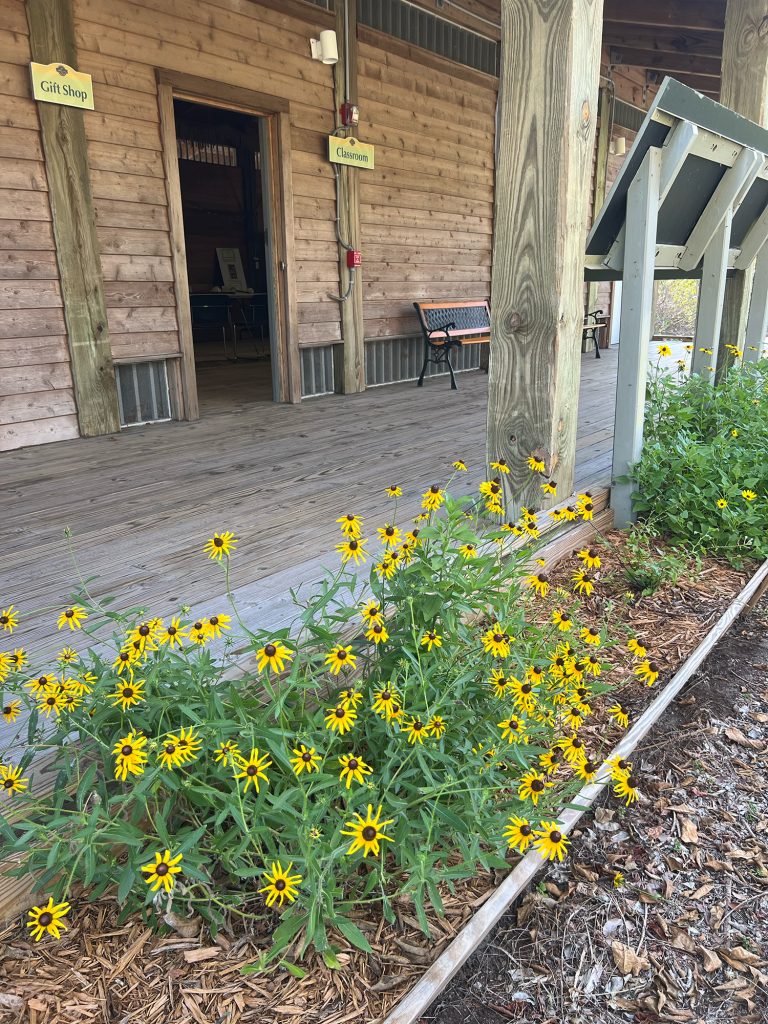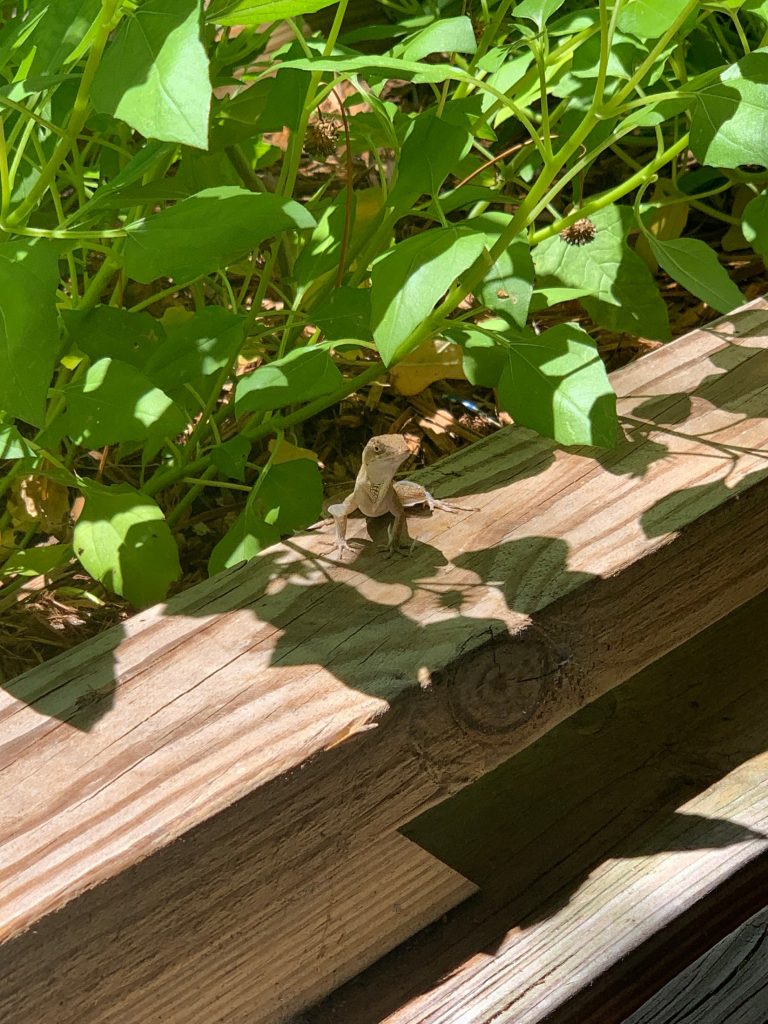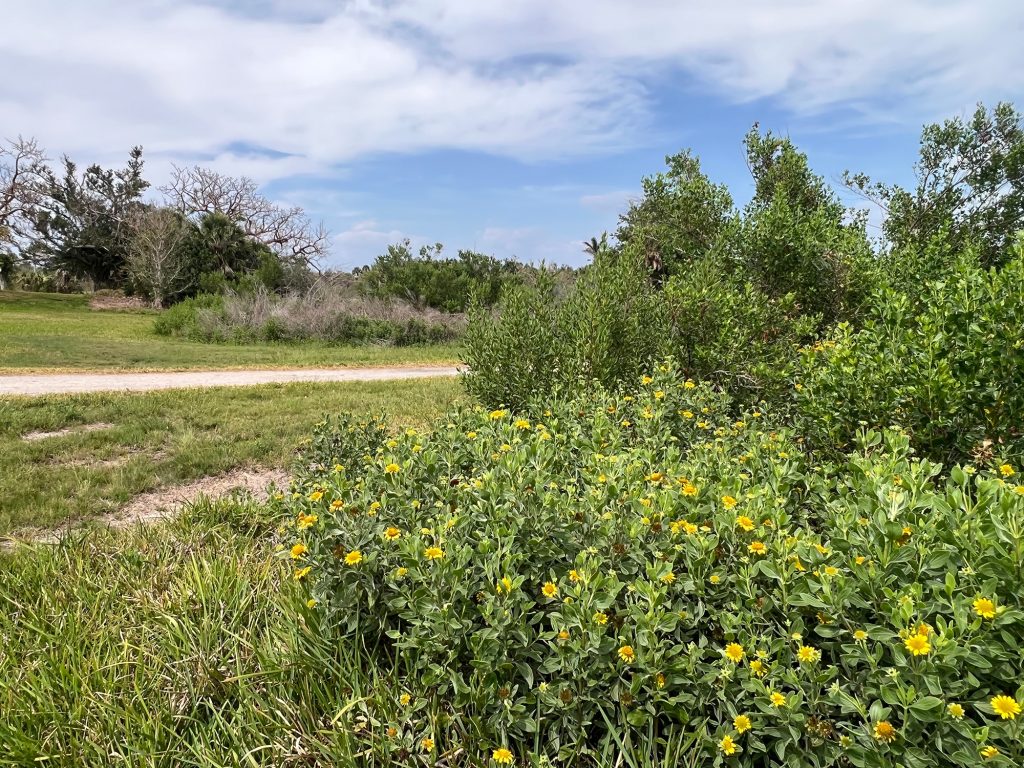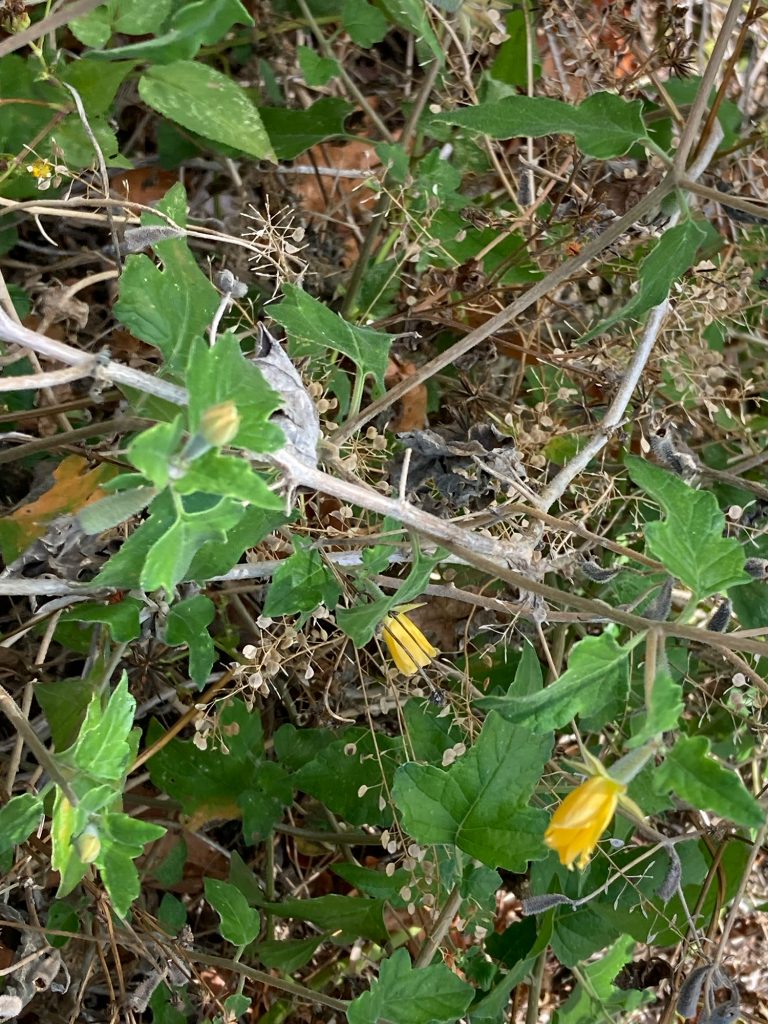Greetings from the Calusa Heritage Trail! We just want to share a couple of highlights from the trail as we prepare for the spring to summer transition soon to arrive in southwest Florida!
Spring blooms at the RRC
At the Randell Research Center (RRC), the flora of Pineland has always been important to our research, education, and conservation endeavors. The plants we see among us, some of which are reported to be over 500 years old, include both native and non-native species that are increasingly characteristic of south Florida vegetation. With support from the RRC volunteers and Friends of the Randell Research Center, at the center we manage and care for both natural and planted landscapes.
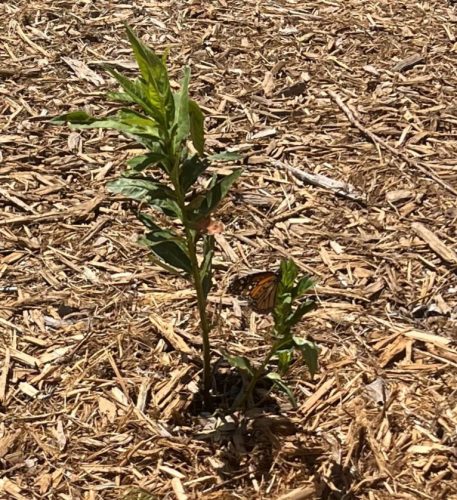
Lately along the Calusa Heritage Trail, the milkweed (Asclepias curassavica) planted along the entry sidewalk have become hotspots for watching monarch butterflies (Danaus plexippus). Did you know that south Florida hosts monarch breeding populations year-round?
Outside the RRC classroom, the flowers beds are in full bloom and butterflies can also be observed flying among the firewheel (Gaillardia pulchella), scarlet sage (Salvia coccinea), and beach sunflowers (Helianthus debilis). The classroom flower beds are also a favorite perch spot for resident (invasive) brown anoles (Anolis sagrei).
Further along the trail, we are enjoying a seasonal burst of color across the Calusa landscape, such as native sea marigold (Borrichia frutescens) heading toward Surf Clam Ridge. Under the gumbo limbo on Randell Mound, the non-native coral vine with pink flowers (Antigonon leptopus) is intertwined with the yellow flowers of native stickleaf (Mentzelia floridana).
Lucas Majure, Associate Curator and Keeper of the University of Florida Herbarium (FLAS), and Randell Research Center Advisory Board Member, notes of the spring blooms:
“Walking across the RRC, we can see the legacy of the Calusa, flowering in their spring glory, like with the yellow flowers of stickleaf (Mentzelia floridana), used traditionally to treat fevers and other ailments. So many plant species are only found on the shell mounds at the RRC, many of which had very clear medicinal or culinary uses for the Calusa, making this local flora incredibly culturally rich in not only species diversity but steeped in history. Many of these same species are part of a broader subtropical flora that extends into the Caribbean and other parts of the American tropics. This makes the RRC an extra special place to visit and think about the broader linkages across south Florida and into the islands of the Caribbean.
We also see the remnants of more recent inhabitants, with species such as the coral vine still hanging on. While most of the vegetation on the RRC is native, there are still some aggressive non-native, invasive species that will need special attention to keep at bay to make room for the native Calusa plants. It is a constant but worthwhile battle to upkeep the Calusa legacy at the site.”
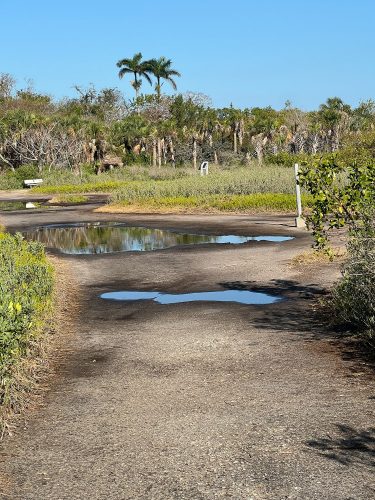
Puddles along the Calusa Heritage Trail
While the rainy season is not quite upon us yet, there are signs reminding us that it is not far off! Following a recent rain, we noticed the start of standing water along the canal and portions of the trail. At the center, we always appreciate the opportunity to watch the ecological cycle of dry to wetland formations each year! The trail is open, but please keep in mind as we head into the summer that the ground may be soft and wet in some areas!
Volunteering at Brown’s Mound
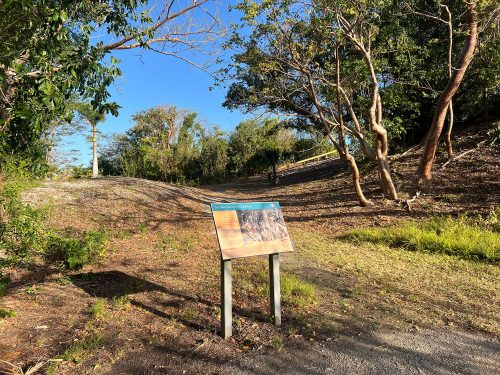
At the end of April, we wrapped up the final volunteer shift for our seasonal RRC Trail Blazers along the walkway up Brown’s Mound! The Trail Blazers are a group of volunteers enthusiastically dedicated to supporting the maintenance and care of the many Pineland landscapes. Brown’s Mound was created over a 1500-year time span by the Calusa and archaeological investigations have revealed features indicating a Calusa house stood here approximately 700 years ago. Archaeologists have hypothesized that leaders of the Calusa society at Pineland may have lived on top of the highest mound structures at the site. Thanks to the efforts of the Trail Blazers, and other volunteer support from UF GatorCorps and AmeriCorps this year, it is possible for all to enjoy this remarkable piece of Calusa, Pine Island, and Florida history.
We have many opportunities for you to volunteer and participate if you are interested in helping to care for the Brown’s Mound Complex or learning more about other opportunities to contribute to the RRC and our incredible team of volunteers.
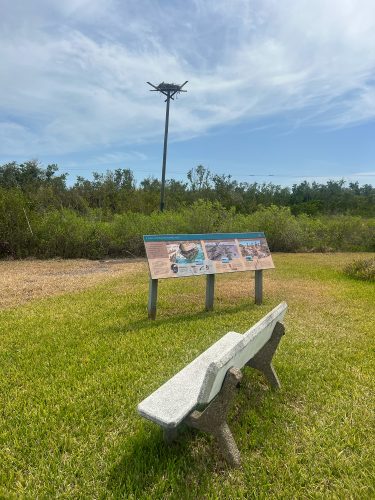
Osprey Update
Finally, we have been enchanted over the last several weeks by the Osprey family in their nest! At this spot, not only can you enjoy our feathered friends, but also sit among past shorelines and learn about the early and middle phases of Pineland’s Calusa history and people.
